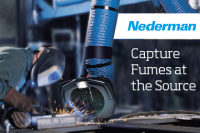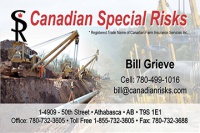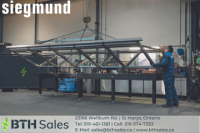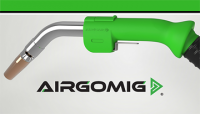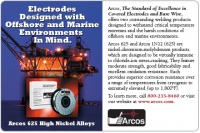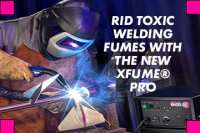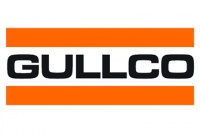How It Works: How does porosity form in welds?
How does porosity form in welds?
Porosity in welds results from only one thing – gas absorbed by the liquid metal in excess of what it can retain in solution when solidified. The classic example is nitrogen and oxygen from air absorbed by steel weld metal. The steel weld pool easily absorbs large amounts of both gases which is rejected as the weld solidifies – forming bubbles.
Which gas or gases that cause porosity change with different metal types. For example: nitrogen and oxygen do not produce porosity in aluminum. Neither of these gases are “soluble” in aluminum – both form solid compounds with aluminum at much higher temperatures than the solidification temperature of aluminum.
In trying to determine the source of porosity one must first recognize which gases produce porosity in a given material type.
Disclaimer
The information provided is intended for general interest, to educate and inform our audience. The CWB and those providing feedback to the questions do not take any responsibility for any omissions or misstatements that could lead to incorrect applications or possible solutions that industry may be facing.
How-It Works content is submitted by Industry experts to the CWB Association and does not necessarily reflect the views of the CWB Group. When testing for CWB Certification or CWB Education, please refer to CWB Education textbooks or CSA standards as the official source of information.


